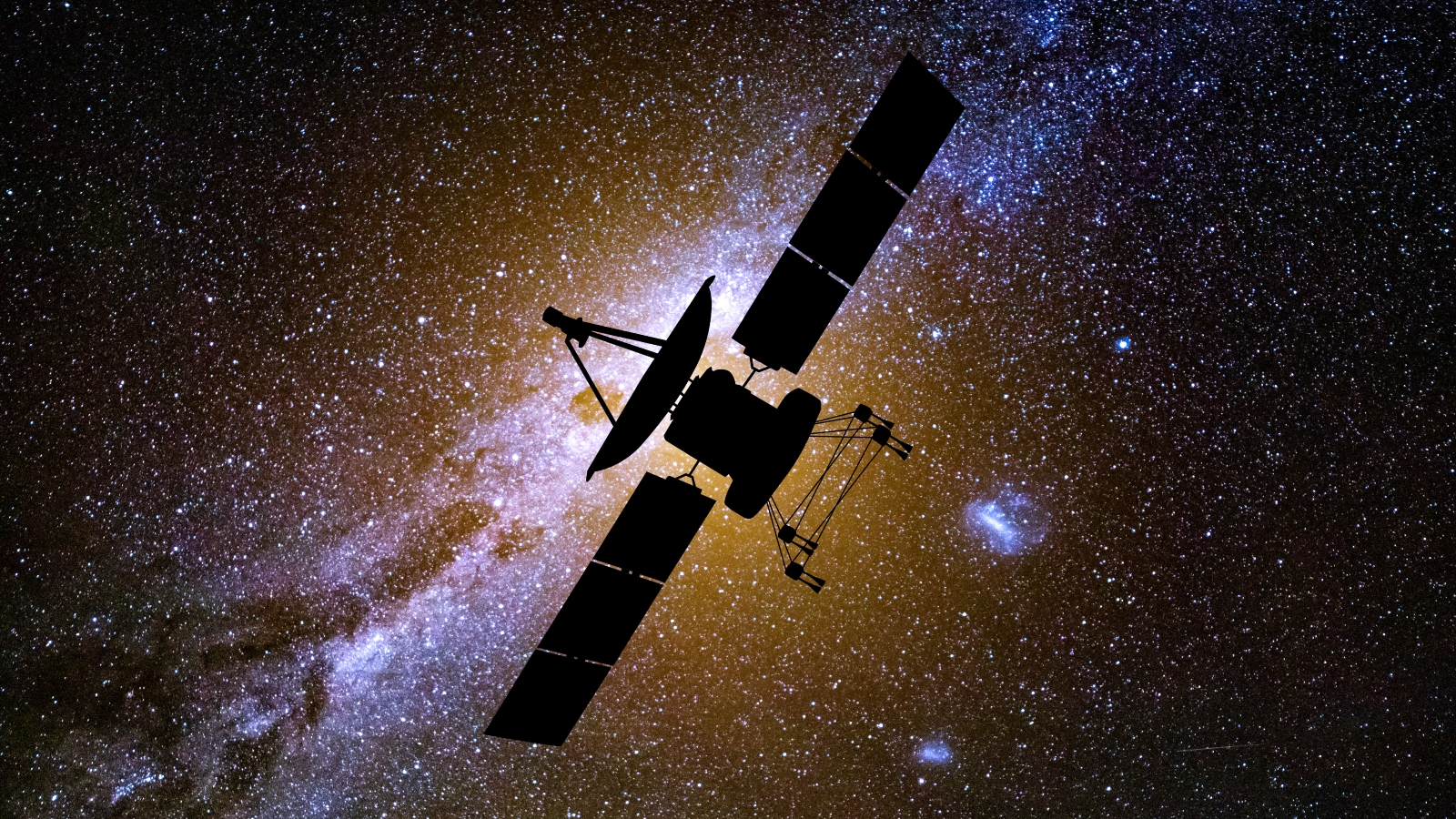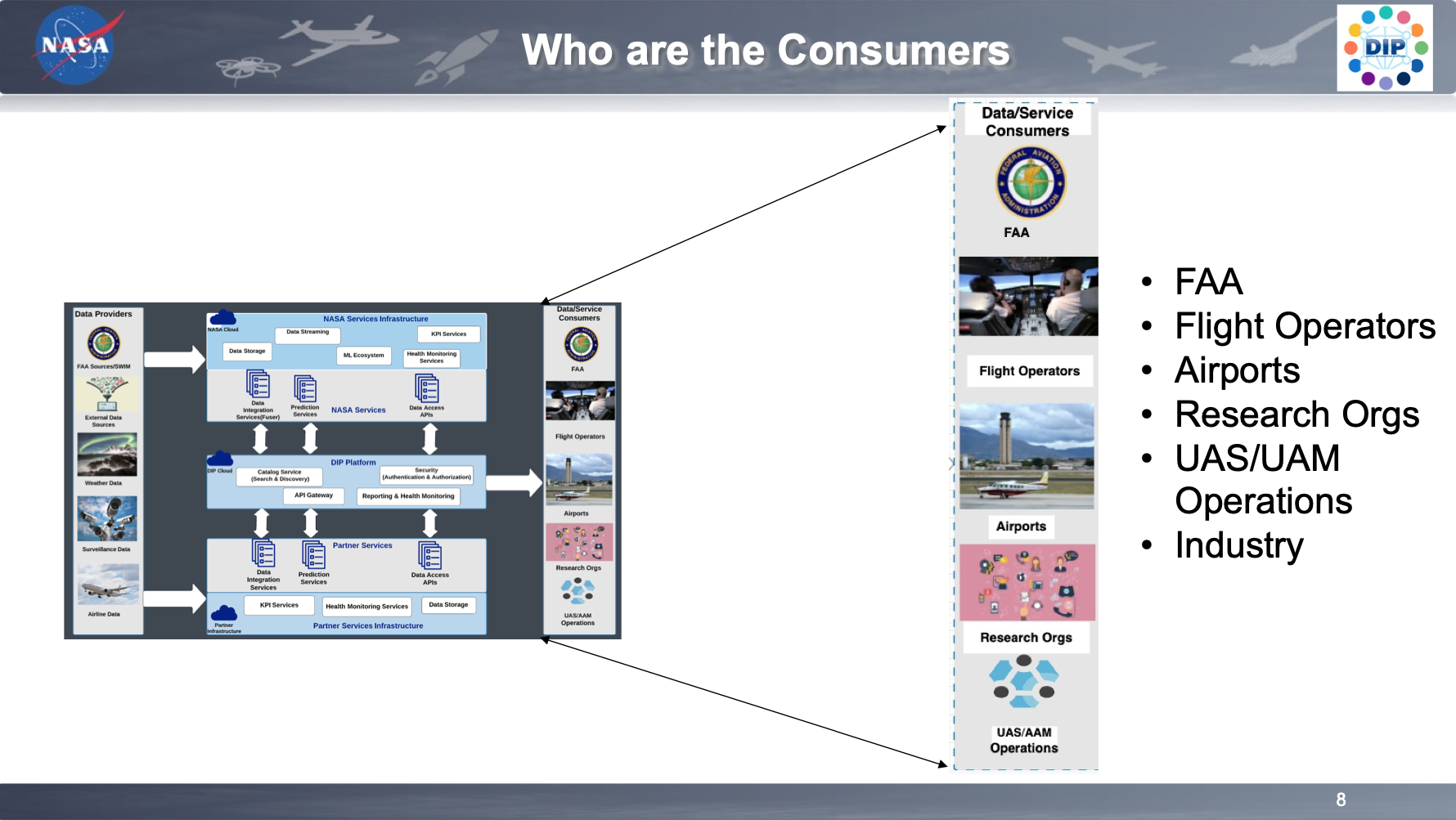Migrating moths can read the stars
Even with brains smaller than a grain of rice, Bogong moths are expert navigators. The post Migrating moths can read the stars appeared first on Popular Science.

Imagine traveling more than 600 miles from the only home you’ve ever known, to a mountain ridge you’ve never been to. It’s nighttime, completely dark, and you don’t have a map, GPS, compass, or sextant to guide you. Could you make it?
If you were a Bogong moth (Agrotis infusa), this epic journey would be a standard part of your life cycle. In fact, you’d do it twice in one year. The endangered, drab beige, nocturnal insects fly across Australia’s southeastern corner from points inland to caves nestled in the Australian Alps, near the coast, where they retreat to escape the summer heat. During spring migration, recently hatched and newly mature moths move from the breeding grounds they were born in, to the distant, unfamiliar caverns. In autumn, after months of dormancy spent clustered on cave walls, they reverse course.
Despite having brains smaller than a grain of rice and teeny eyes to match, they manage to hit their geographic targets en masse. A new study offers insight into how. Bogong moths follow the stars, using the night sky as a navigational aid, according to a study published June 18 in the journal Nature. In addition to being guided by Earth’s magnetic field, like many migratory species, the stars provide the insects with a backup, “stellar compass” to light the way.

The stars as a guide
Birds and humans are known to navigate via the stars. A 2024 study even suggests dung beetles rely on the Milky Way to help them stay on a straight course over short distances. But the new findings represent the first time an invertebrate has been shown to use the sky to direct a long distance migration, says Kenneth Lohmann, a biologist at the University of North Carolina who wasn’t involved in this study. Lohmann researches animal ocean migrants, like sea turtles and salmon, and authored a viewpoint article published alongside the new study. “I liked [the research] enough that I offered to write a perspective,” he tells Popular Science. “I found it remarkable that an insect with a very tiny brain was capable of achieving these astounding navigational tasks. …The results strongly suggest that the moths inherit the ability to guide themselves using the stars.”

For a human, the moth’s journey would be “the equivalent of circumnavigating the Earth twice, without any instruments apart from your own senses,” Eric Warrant, study co-author and a neurobiologist at Lund University in Sweden, tells Popular Science. That moths can manage such precise travel “puts me in awe,” he says.
The new paper builds on research from 2018, where Warrant and many of the same colleagues found that moths rely on Earth’s magnetic field to guide them, in combination with some unknown visual cue. Now we know what the clue is: stars.
[ Related: Why do birds migrate? Scientists have a few major theories. ]
A mini moth planetarium
To parse the importance of the sky for moth wayfinding, the team started by shaving a small bare patch on dozens of captured insects’ thoraxes, just between the wings. “You have to remove the scales, because moths are very hairy creatures,” says David Dreyer, lead study author and also a neurobiologist at Lund University. Then, Dreyer and his team glued tungsten wires in place, and tethered each moth (one at a time) to a small scaffolding set-up that recorded the insects’ attempted flight direction and intensity five times per second.
In an initial control experiment, they collected migrating moths near the cave site in autumn and placed each tethered moth inside a clear plastic enclosure on top of a hill outside, with the night sky in full view and access to Earth’s magnetic field. As expected, the moths directed their flight north-northwest– aiming towards their breeding grounds, even when trapped unnaturally beneath scaffolding.

In subsequent experiments, repeated in spring and fall, they moved their flight simulator indoors, to a lab specially equipped with a device to block out magnetic fields. There, the team put over 100 moths to the test. First, they recorded migrating moths’ flight directions with no coherent magnetic guide and no visual stimulation, underneath a black felt tent. The moths were totally disoriented, flying every which way at random.
Then, they fashioned the felt tent into something similar to a miniature moth-sized planetarium. The scientists added a projection screen at the top and showed a realistic version of what the moonless night sky outside would look like at the time of the experiment. When given the sky, but still deprived of magnetic information, the moths overwhelmingly flew in the correct, migratory direction according to the season: north-northwest in fall, southwards in spring. If the sky projection rotated, the moths shifted their trajectory to match. “Moth after moth after moth that we put under the sky, when we knew that there was no other cue they could be using… flew consistently in the direction that they needed to fly in at that time of year to reach their destination,” says Warrant. “That was quite amazing.”
Of course, there were exceptions. Some moths seemed “completely freaked out” by the whole set-up, Warrant explains. But the mean trajectory of all the insects’’ many flights was significantly aligned with the theoretical migration path.
In additional tests, the moths were shown a projection of randomized, mixed up stars, not corresponding to the actual sky. Again, they became disoriented, firming up the hypothesis that the cosmos offer a key visual signal.
Finally, it was time for insect neurosurgery. The researchers inserted extremely thin pulled glass and silver wire electrodes into neurons in three areas of the 28 different moths’ brains. “It’s like pushing a thin pin into your arm,” says Warrant of getting the improbably small electrode in contact with the axon of a single moth neuron.
The team initially restrained the moths while showing them a sky projection and recorded the subsequent neural activity. When the sky indicated the moths were oriented in the proper migratory direction, electrical activity in neural regions related to vision, navigation, and steering all peaked. In another simulation, the moths were shown an artificial cue meant to mimic the bar shape of the bright milky way viewed from the Southern Hemisphere. This cue, alone, seemed to be enough to stimulate a similar brain response.
“The experiments were carefully controlled and well thought out,” says Lohmann. “I thought they yielded very clear results,” he adds– that the stars are sufficient to help Bogong moths navigate migration.
Getting answers–before time runs out
Most migratory animals seem to depend on several sensory cues to aid in their journeys, Lohmann notes. “It’s very common for animals to have more than one way to maintain a consistent heading,” he says. For instance, the sea turtles he studies use Earth’s magnetic fields, but also the direction of waves and potentially the sun.
The moths are no exception. When you’re doing high stakes, long distance travel, having a secondary GPS makes sense. Clouds can obscure the sky, while solar storms and terrestrial anomalies (like a large iron deposit) can distort the planet’s magnetic field.

“It’s a great idea to have a backup compass when one stuffs up for whatever reason,” says Warrant. “Nature is way more clever than we are, so evolving two compasses like this just makes everything much more robust.”
Yet with two compasses in hand, confusion and questions still remain. It’s unclear how the navigational neural circuits work together, if one type of directional cue is more important than another, and how a relatively simple animal can decode complex visual stimuli. Warrant and Dreyer hope to tease out more answers in follow-up studies.
Hopefully, the moths persist long enough for us to unravel their celestial secrets. The species was added to the endangered species list in 2021, after it experienced a 99.5 percent population decline amid massive drought.
The post Migrating moths can read the stars appeared first on Popular Science.























































































































































